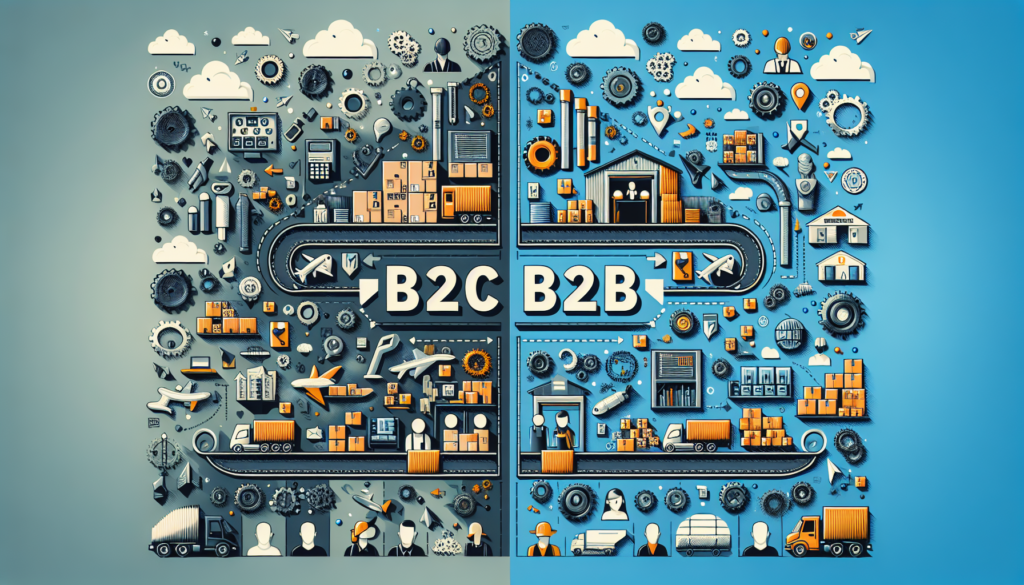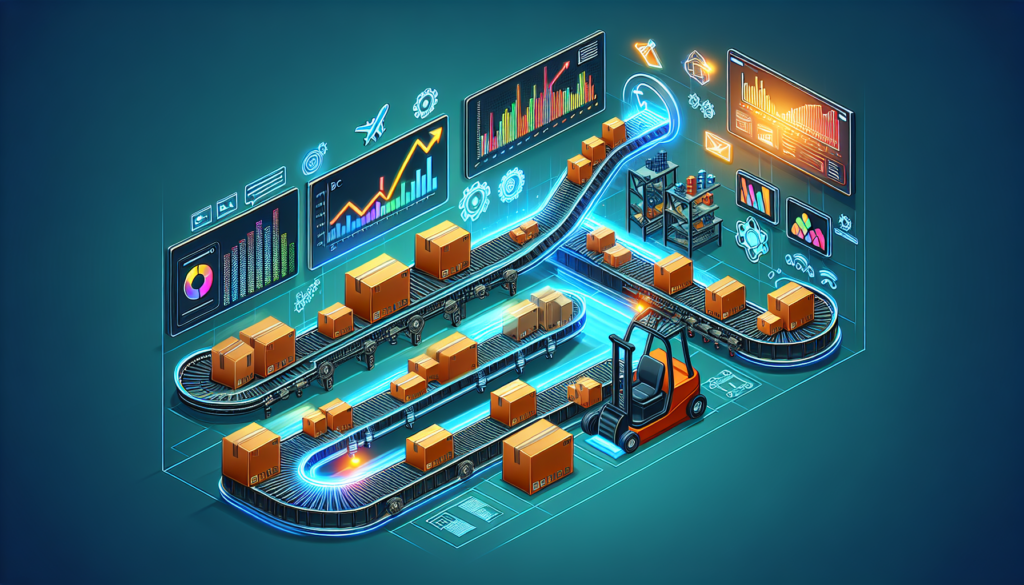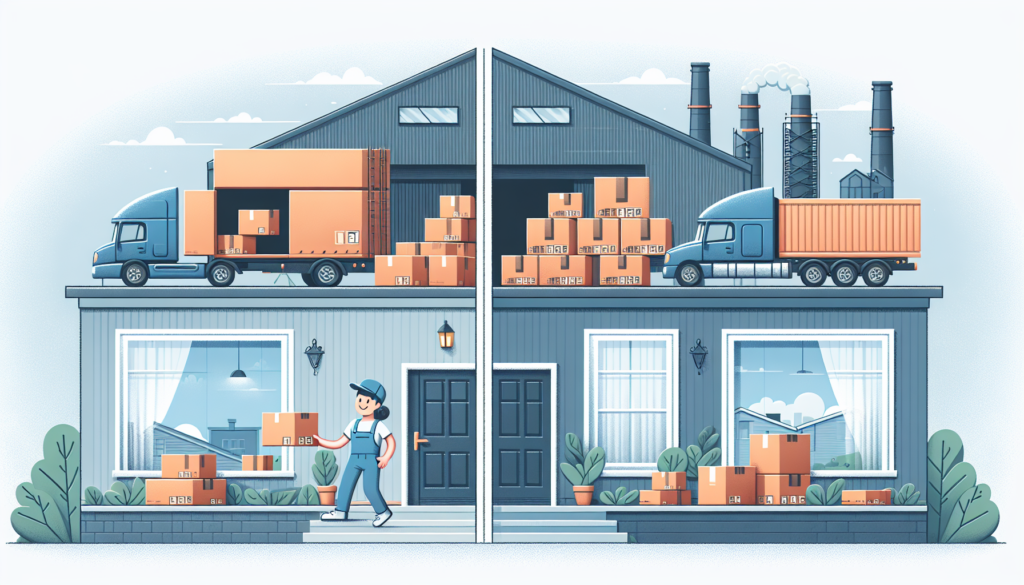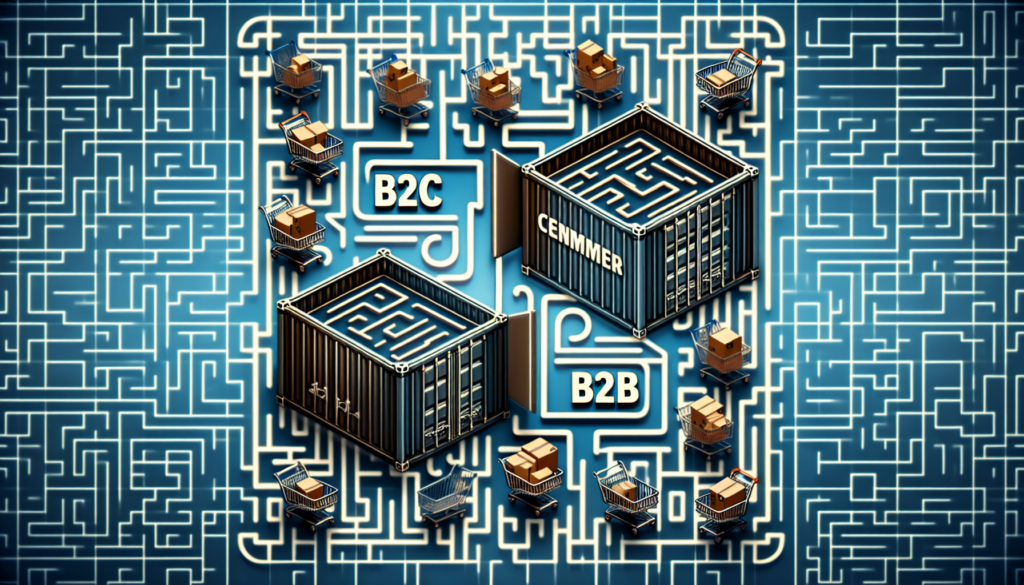The Impact of B2C vs. B2B Fulfillment on Customer Satisfaction and Retention
[ad_1] In the world of e-commerce, customer satisfaction and retention are key factors in the success of any business. One of the crucial elements that can impact these factors is the choice between B2C (Business to Consumer) and B2B (Business to Business) fulfillment. Both B2C and B2B fulfillment have their own set of challenges and benefits that can directly affect how satisfied customers are with their shopping experience and whether they will return to make future purchases. B2C fulfillment focuses on delivering products directly to individual consumers, while B2B fulfillment involves delivering products to other businesses. The main difference between the two is the scale and volume of orders. B2C orders are typically smaller and more frequent, while B2B orders are larger and less frequent. This fundamental difference in order volume has a significant impact on how fulfillment centers operate and how they can meet the needs of their customers. Customer satisfaction is heavily influenced by the speed and accuracy of order fulfillment. In the world of e-commerce, customers expect their orders to be processed quickly and accurately, with minimal errors. B2C fulfillment centers are often required to process a high volume of orders in a short amount of time, which can lead to mistakes if not managed properly. On the other hand, B2B fulfillment centers have fewer orders to process but must ensure that each order is accurate and delivered on time to maintain strong business relationships. Another factor that can impact customer satisfaction is the level of customization and personalization in the fulfillment process. B2C customers often expect a high level of customization, such as personalized packaging or gift wrapping options. B2B customers, on the other hand, may prioritize efficiency and cost-effectiveness over customization. Fulfillment centers that can offer a balance between customization and efficiency are more likely to satisfy both B2C and B2B customers. In addition to customer satisfaction, order fulfillment can also impact customer retention. Customers are more likely to return to a business if they have a positive experience with their initial purchase. B2C customers, in particular, are more likely to switch to a competitor if they experience delays or errors in their order fulfillment. B2B customers, on the other hand, may be more forgiving of minor mistakes if the overall relationship with the business is strong. To improve customer satisfaction and retention, businesses must carefully consider their choice of fulfillment strategy. B2C fulfillment centers should focus on speed and accuracy to meet the demands of individual consumers, while B2B fulfillment centers should prioritize efficiency and reliability to maintain strong business relationships. By understanding the unique challenges and benefits of B2C vs. B2B fulfillment, businesses can create a more seamless and satisfying shopping experience for their customers. FAQs: Q: How can businesses determine whether B2C or B2B fulfillment is right for them? A: Businesses should consider factors such as order volume, customization requirements, and customer expectations to determine the best fulfillment strategy for their needs. Q: What are some common challenges businesses face with B2C fulfillment? A: Common challenges include processing a high volume of orders quickly and accurately, managing inventory levels, and meeting customer expectations for customization and personalization. Q: How can businesses improve customer satisfaction and retention through their fulfillment strategy? A: Businesses can improve customer satisfaction by focusing on speed, accuracy, and customization in their fulfillment process. By meeting customer expectations and delivering a positive shopping experience, businesses can increase customer retention and loyalty. For more information on how Fulfillment Hub USA can help improve your fulfillment strategy, visit https://fulfillmenthubusa.com. [ad_2]
The Impact of B2C vs. B2B Fulfillment on Customer Satisfaction and Retention Read More »




